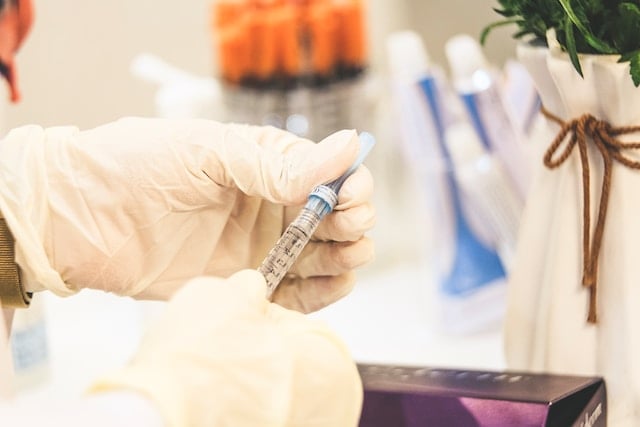Researchers at Osaka University in Japan have discovered a potential “fountain of youth” within human cells. The study identifies a protein, HKDC1, which is linked to cellular health maintenance that could potentially lead to development of anti-aging therapies and treatments for age-related diseases by targeting the preservation of mitochondria and lysosomes in cells.
Mitochondria and lysosomes responsible for cellular health
Mitochondria, termed as cell powerhouses, supply energy for cellular functions, while lysosomes serve as the cell’s waste disposal system. The well-being of these organelles is crucial for cellular health, and their impairment is associated with aging, cellular senescence, and diverse diseases.
The Osaka University team found that the protein TFEB plays a crucial role in maintaining the function of mitochondria and lysosomes by directly targeting the gene encoding HKDC1. During stress conditions affecting these organelles, HKDC1 production is increased, providing insight into the previously unknown mechanisms involving TFEB.
Mitophagy which is a crucial process for safeguarding mitochondria by selectively eliminating damaged ones to prevent cell harm relies on Parkin and PINK1 proteins.
Lead author from Osaka University, Mengying Cui, stated that the study reveals that HKDC1, co-localizing with TOM20 in the mitochondrial outer membrane, is essential for PINK1/Parkin-dependent mitophagy.
HKDC1 instrumental in lysosomal repair and removal of damaged mitochondria
HKDC1, under the guidance of TFEB, not only aids in the removal of damaged mitochondria but also plays a crucial role in lysosomal repair. The reduction of HKDC1 in cells disrupts the lysosomal repair process, indicating its importance beyond mitochondria. The HKDC1 protein is localized to the mitochondria and is essential for interacting with VDACs, facilitating contact between lysosomes and mitochondria and, consequently, contributing to lysosomal repair.
It is important to note that HKDC1 plays a crucial role in preventing cellular senescence by serving dual functions in lysosomes and mitochondria, ensuring the stability of these organelles and maintaining cellular health. This discovery opens avenues for potential therapeutics targeting organelle dysfunction, which is linked to aging and age-related diseases. The findings of the study have been published in the Proceedings of the National Academy of Sciences.


